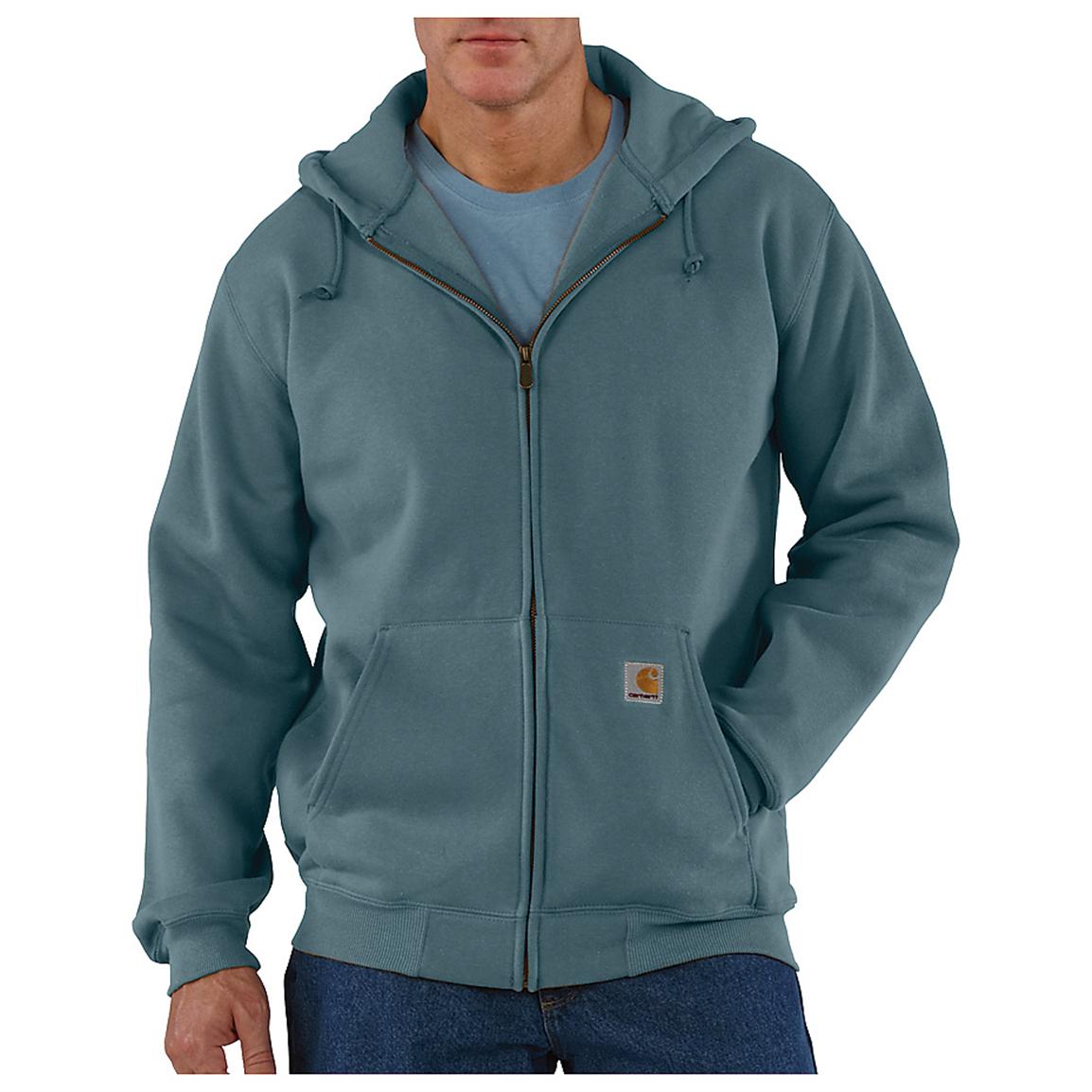Sweatshirts are long-sleeved shirts that are typically made of thick cotton cloth. They are typically used for casual wear but aren't as formal as sweater s or cardigans. They might not come with a or hood. If you're interested in purchasing a sweatshirt, here are some suggestions:
The appeal of Norma Kamali was spread by the use of sweatshirts

Since the late 1970s, Norma Kamali has been turning the humble sweatshirt into an art form. Her designs are now the staple of almost every woman's closet. Her distinctive designs include a tummy-tucking crew neck , to leather paneled sweatshirts. She also has created clothes in unusual designs, like a tank top with an extended trumpet skirt.
A partnership of the designers and the manufacturer of sweatshirts Everlast led to her Timeless line, which was an instant hit when it was featured in the Spiegel spring 2006 catalog. The collection offered knits that were convertible and interchangeable in classic silhouettes and many of the items were priced below $20. Even if The Norma Kamali Timeless collection was not sold in stores, customers were able to find the designs for sale on eBay or Poshmark.
Merino wool sweatshirts feel more comfortable than sweatshirts made of soft wool.
Merino wool is known for its moisture-wicking properties, which helps to keep you dry and comfortable. More help is a natural fiber that also has a smoother feel. The fabric also dries quickly compared to other natural material. Additionally, merino is a renewable resource. The merino sheep shed coats every year , and then grow new ones.
Merino's weight-to-heat ratio is high, and the warmth of wool makes it popular for sweatshirts. It aids in controlling the body's temperature because of its natural loft, which retains heat between the fibers. This is why Merino wool sweatshirts work perfect for summer as well as outdoor activities like hiking, mountain biking, and running. The warmth it provides helps keep the wearer well-hydrated and cool, something that is essential for working out.
Zip-front hoodies come with kangaroo pockets.
Kangaroo pocket Hoodies are a very popular type of hoodie. These hoodies have a large pocket on the front, that will keep your hands warm during cold days. They're much more practical than traditional pockets because they permit your hands to slide in and out effortlessly.
Kangaroo pockets are typically large enough to fit an entire wallet or small personal items. They're typically long enough to fit a small hand and are sufficient to hold two hands. They have wide openings on either side , and make them ideal for carrying small objects.
French Terry fabric is a popular fabric for sweatshirts.
The French terry fabric is made of soft yarns knit into loops and is usually medium-weight. It is also renowned as a fabric that wicks away moisture and is already pre-shrunk. French terry is a great option for sweatshirts as it keeps you warm when you require it and helps keep you cool when you need to cool off.
French Terry is also popular for loungewearbecause it is stretchy enough and has enough flexibleness to feel great against your skin. It also allows air to circulate around the fabric, which makes it perfect for layering under other clothes. In addition, because it is lighter than other sweatshirts you can wear it all year round without feeling warm or cold.
Hoodies can be classist.
While it may seem that hoodies are simply appropriate clothes for working class people however, in reality they have a classist connotation. Hoodies were first popularized in the early 1970s , in New York, where graffiti artists wore them to hide their identities. In 1976 the hoodies made their big movie debut in "Rocky," when the working-class main character was seen wearing grey sweats with hoods during his memorable climb to the top of the Philadelphia Museum of Art.
Hoodies are often linked to death, destruction and other negative items, yet they also serve practical purposes. For instance, priests and monks might wear hoods in order to display the proper manner of dress and to focus on their inner self.
